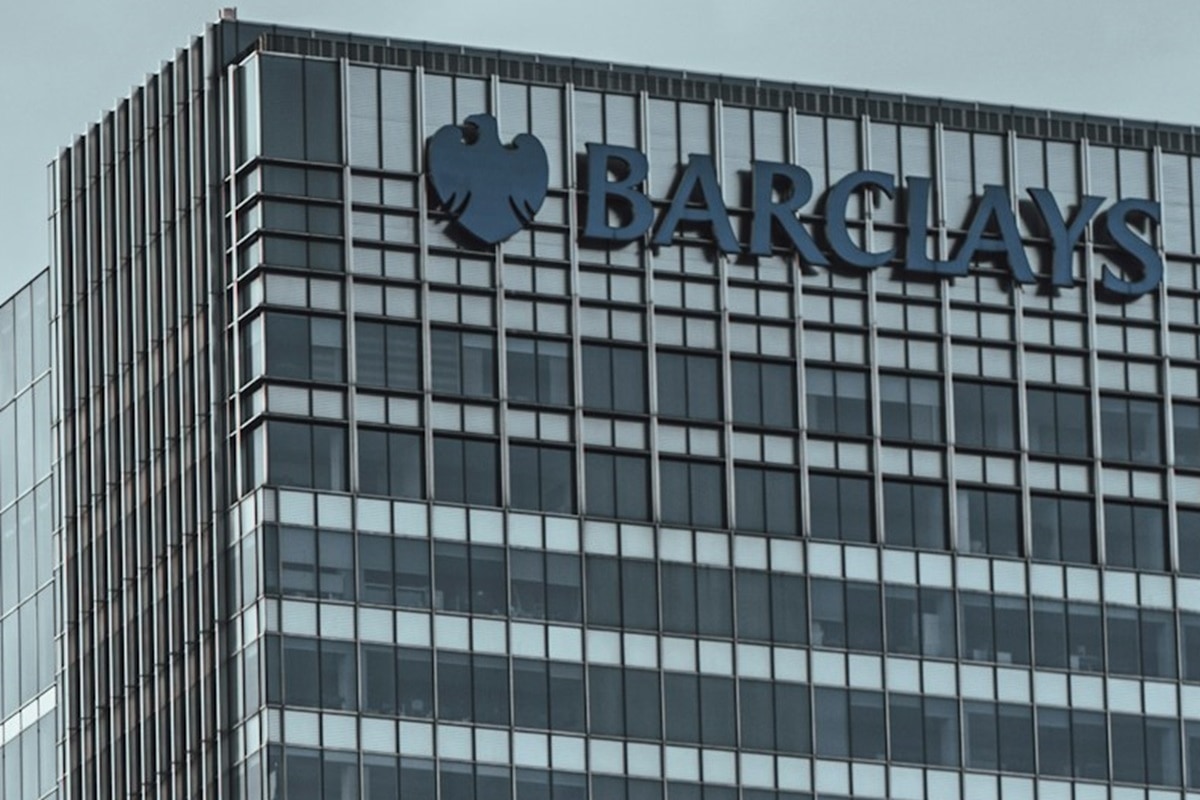On Monday, November 25, Barclays raised its forecast for the S&P 500 index from 6,500 to 6,600.

Analysts at the mentioned financial institution, whose head office is located in London, explained the revision of the specified projection towards growth by several factors, including the resilient demonstrated by the economic system of the United States, a consistent decrease in inflation, and robust potential earnings increase of shares of technology companies with high market capitalization.
The new version of the bank’s forecast, released on Monday, envisages a growth of 10.56% compared to the closing of the S&P 500 index at 5,969.34 last Friday, November 22. Also in this context, it is worth noting that Barclays’ estimate of the dynamic of the mentioned index for the current year assumes 6,000.
In their note, the analysts of the financial institution underlined that, in their opinion, within the framework of the prospects for US stocks in 2025, macro positive factors outweigh negative ones.
The bank’s experts also expect that the Federal Reserve System will continue the cycle of monetary policy easing. They also note that the uncertainty associated with the already completed presidential elections of the United States will be resolved. Moreover, in their opinion, the jobless level in the US will continue to be low. Analysts of the financial institution note that the combination of these factors can contribute to the growth of the benchmark index.
It is worth mentioning that last week, experts at Goldman Sachs and Morgan Stanley said that the S&P 500 index could reach 6,500. The corresponding expectations of experts are based on factors such as the continued growth of the United States economy, the consistent lowering of borrowing costs by the US central bank, and stronger corporate earnings. Morgan Stanley analysts predict that the broadening of increasing earnings will not be completed next year. They also expect the central bank of the United States to continue cutting interest rates, and business cycle indicators will continue to improve.
Goldman Sachs analysts predict that stocks of the so-called Magnificent 7 combined will outperform the rest of 493 companies in the benchmark index next year. In this case, there are implied equities of Amazon, Apple, Alphabet, Meta Platforms, Microsoft, Nvidia, and Tesla.
It is worth noting that the note by Goldman Sachs analysts contains a forecast according to which the Magnificent 7 stocks will show growth of about 7 percentage points next year. These rates of the upward dynamic of the mentioned equities are the slimmest margin over the last seven years. Analysts also noted that although micro earnings continue to support the outperformance of the Magnificent 7 stocks, the balance of risks from more macro factors such as economic growth and trade policy lean in favor of the S&P 493 (companies).
Goldman Sachs experts predict that corporate earnings will increase by 11% next year. Also, according to their estimates, the real growth of the gross domestic product (GDP) of the United States in 2025 will be 2.5%. Moreover, Goldman Sachs experts warned that the risks for the US equity market heading into next year remain high due to the potential threat from tariffs and more significant bond yields. Besides, in their opinion, a friendlier mix of fiscal policy or a more dovish Fed presents upside risks.
After Donald Trump’s victory in the United States presidential election in the current month, discussions intensified on the potential consequences of the materialization of his repeatedly declared intentions to cut taxes and impose higher tariffs on imported goods. Many experts suggest that the implementation of appropriate solutions may accelerate inflation and limit the ability of the US central bank to ease monetary policy.
Barclays analysts also predict that next year’s disinflationary margin pressure and a slowdown in economic growth outside the United States will have an impact on most sectors, while Big Tech will offset the upside.
Besides, Barclays upgraded the industrial and healthcare sectors of the US, and at the same time downgraded consumer staples and utilities.
It is worth noting that the experts of the mentioned financial institution are more optimistic about the prospects for new tariff policy after Donald Trump returns to the White House than many other analysts. About two weeks ago, Barclays analysts said that the relevant prospects should be taken seriously, but not literally. In this context, they mentioned that during his first presidential term, Donald Trump used the threat of tariffs to conclude new trade deals with Canada and Mexico. Barclays experts also underlined that Mr. Trump equates stock market returns with economic success. In their opinion, the potential fall in equities against the background of the threat of tariff increases may be the reason for a softer approach by the new administration to the corresponding issue.
Moreover, Barclays experts noted the importance of Donald Trump’s migration policy. In their opinion, new arrivals will slow down significantly. They also predict that deportations will run at the same pace as during the presidency of Barack Obama, but not as intensively as the relevant points of Mr. Trump’s election campaign envisaged.
According to Barclays experts, the likely significant deregulation and a fiscal boost are positive factors for the growth prospects of the United States economy. They also predict that the global economy will increase by 3% in 2025. As for the relevant prospects for the economic system of the United States, in this case, in their opinion, the growth rate will be 2%.
According to Barclays experts, US Treasuries look fairly priced, but still not cheap. They are also convinced that the dollar has the opportunity to strengthen further, despite cutting interest rates by the Fed, given the ongoing resilience of the United States economic system and tariffs.
Moreover, Barclays experts suggest that hopes for an easing of the regulatory regime should push US equities to growth.
As we have reported earlier, Barclays Publishes Q3 Earnings.









